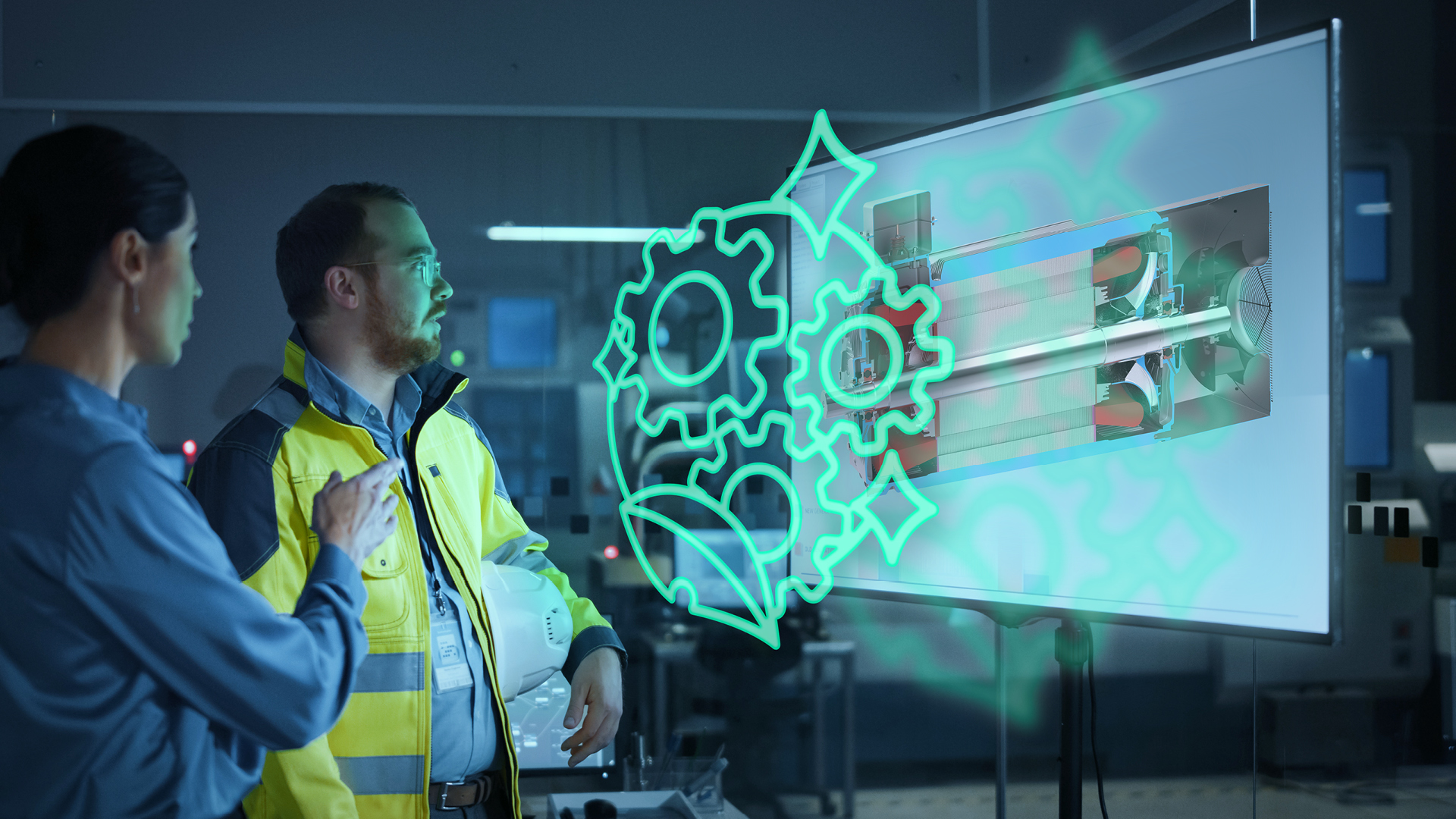Trends of AI in industry part 1: Improving the user experience

As time goes on, AI continues to take a larger role in every aspect of many aspects of industry and our daily lives. Everything from smart assistants and self-driving cars to generative design and autonomous factories are being developed and deployed using the power of AI. Over the last year, I’ve had the opportunity to speak to AI experts across a wide range of disciplines about the many ways they are implementing artificial intelligence and machine learning (ML) to not only tackle existing challenges but enable new approaches that would have otherwise been impossible.
Across these different disciplines, there are noticeable trends emerging where AI is having the most impact. What’s even more interesting is how similar AI-capabilities are emerging across a range of design and simulation solutions with Siemens digital industries software. In this series, I’ll be exploring these different trends starting with the way AI is reshaping the user experience of complex tools.
Command prediction flattens the learning curve
It is no secret that professional software for a range of applications — from computer aided engineering (CAE) to simulation and testing suites to photo editing — are all highly complex solutions with a steep learning curve. Even for expert users, this type of software can, at times, be difficult to navigate with common functionality buried in complex menu trees reducing the efficiency of performing even simple tasks. This is exactly the problem the Siemens NX team addresses with their AI-enabled smart UI and command prediction capabilities. By training an AI with data gathered from the way a user interacts with the software, the software itself becomes capable of presenting a selection of capabilities the user is likely to need at any given time in a single, easy to access place.
While this might seem like a simple function, the ability to accurately predict which one of hundreds of different commands a user might need at any given time is no mean feat. This technique is further extended into full command prediction, where the software becomes capable of recommending actions, methods, and best practices based on completed projects and user input. Integrating functionality like this can drastically flatten the learning curve while also capturing valuable design knowledge within the software itself, helping both new and experienced users get the most of out of their effort.
Speeding up tasks
Predictive capabilities aren’t the only way to improve a user’s experience with complex software. In tools such as Simcenter, the focus is instead on improving the speed of traditionally slow running tasks – such as simulation or part classification. Using the power of ML, it’s possible to train a model that can accurately infer the result of a simulation in real time without having to wait the hours or days it would take to run one.
Similarly, AI is well suited to automate time consuming and manually intensive tasks such as classifying parts in a model. Take, for example, the model of a car being prepared for simulation and testing. Classifying the thousands of parts in the model down to every last wire and screw could easily take several days or even a week worth of time for an engineer to do, but can be done by AI in just a few hours. The ability to cut out a large portion of the time a user spends doing simple, menial tasks or waiting for something slow to finish will, in itself, greatly improve the experience of working with that software.
Automating the mundane
One of mankind’s greatest motivating factors is a never-ending quest to make life easier for themselves. The desire to seek an easier, faster, more efficient solution to a problem is one that has driven innovation for ages and now, even as we build an ever-more complex world around us, so to do we find ways to make it easier to use. AI represents a powerful tool in that quest, allowing computers to automatically handle much of the slow and complex nature of software and present the user with the smoothest, most streamlined experience possible, freeing them to focus on the creativity and imagination unique to humans.
Siemens Digital Industries Software helps organizations of all sizes digitally transform using software, hardware and services from the Siemens Xcelerator business platform. Siemens’ software and the comprehensive digital twin enable companies to optimize their design, engineering and manufacturing processes to turn today’s ideas into the sustainable products of the future. From chips to entire systems, from product to process, across all industries. Siemens Digital Industries Software – Accelerating transformation.


